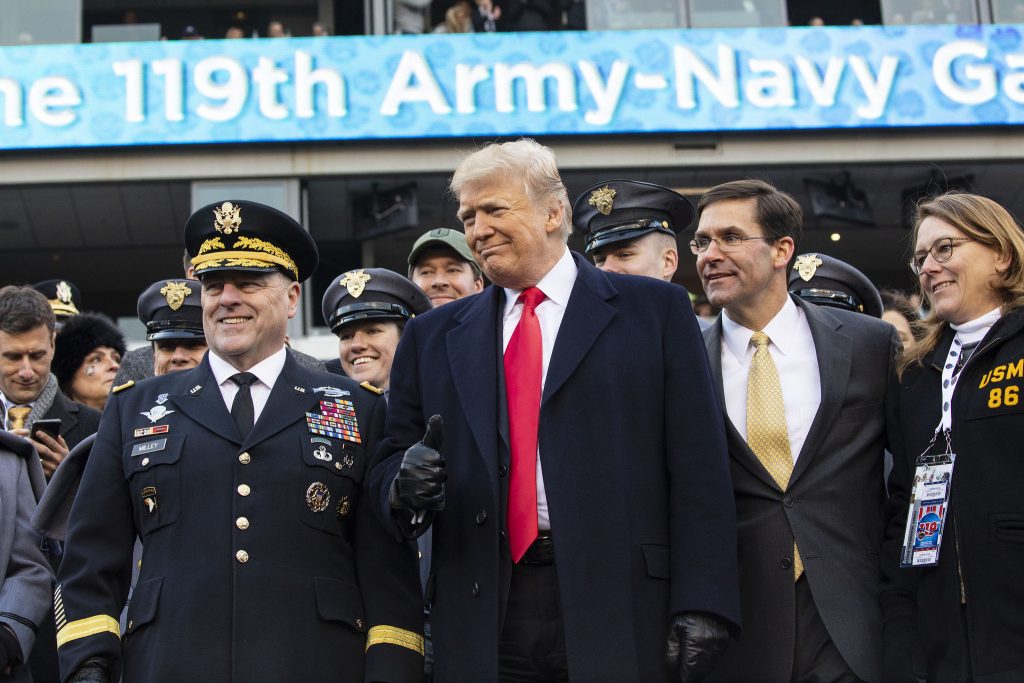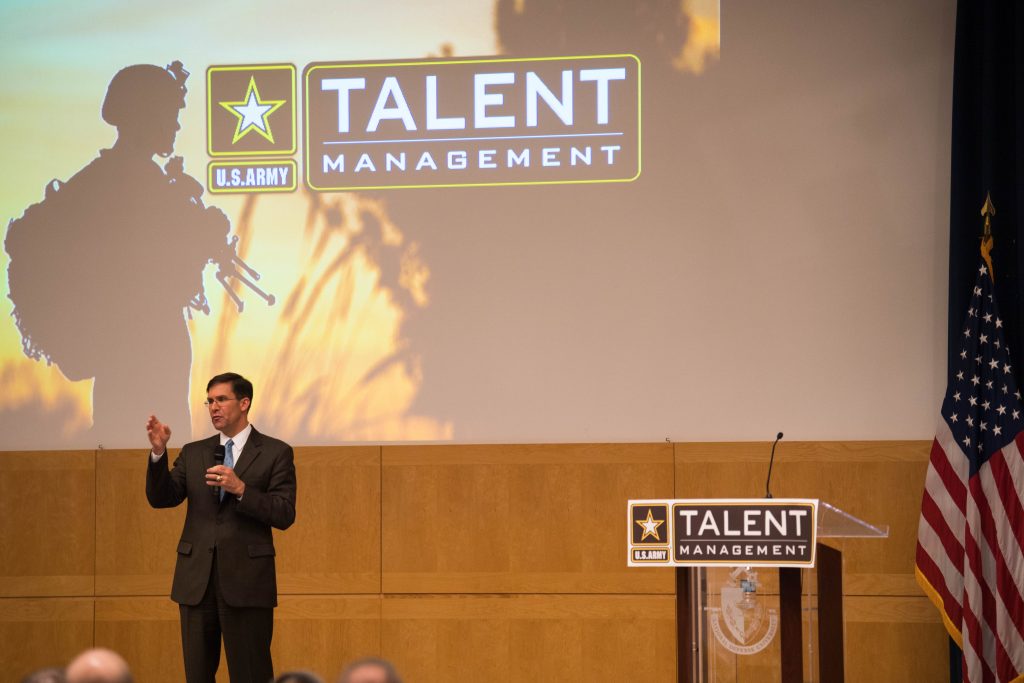Indermit Gill
During the last few weeks of 2018, I spent time in Washington, D.C., Beijing, and New Delhi, the capitals of the largest high-income, upper-middle income, and lower-middle income economies, respectively. This blog’s title conveys both my findings and my forecast for 2019: Upbeat economies, and downcast people.
Together the U.S., China, and India have more than 3 billion people, almost exactly 40 percent of the world’s population. With GDPs of $21 trillion, $13.5 trillion, and $3.9 trillion, their economies also add up to about 40 percent of global GDP. Adjusted by purchasing power, they’d add up to almost half (to obtain GDP adjusted by purchasing power, a rough rule of thumb today is to multiply India’s nominal GDP by 4, China’s by 2, and America’s trivially by 1). But their sway on the world’s morale may be even bigger. What happens in Europe and Japan now mostly affects the mindset of Europeans and the Japanese. What happens in the U.S., China, and India changes the mood of the world.

















/arc-anglerfish-arc2-prod-mco.s3.amazonaws.com/public/OLVXPOUZQJFMLMBEG5YALRJHI4.jpg)


